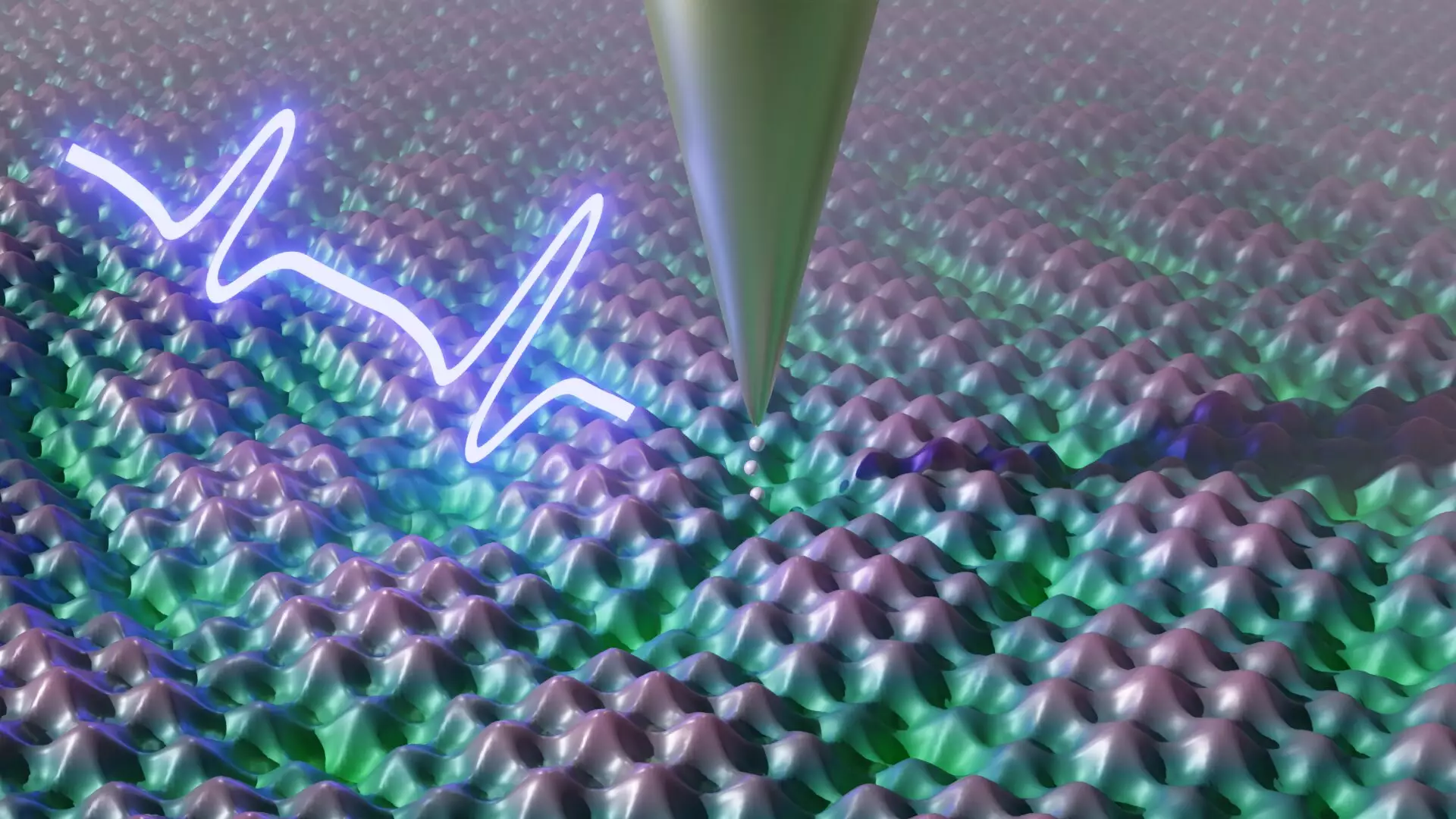Recent developments at the University of Stuttgart led by Prof. Sebastian Loth have opened up a whole new world of possibilities in material science with the advancement of quantum microscopy. This groundbreaking technology allows scientists to observe the movement of electrons at the atomic level with an unprecedented level of precision. Their innovative method has the potential to revolutionize the way materials are developed and understood.
Traditionally, the physical properties of metals, insulators, and semiconductors were believed to remain unchanged on a macroscopic level even with minimal changes at the atomic scale. However, with the emergence of more complex materials that exhibit unique macroscopic behavior, the necessity to understand the atomic interactions becomes crucial. These advanced materials, often synthesized in laboratories, can undergo rapid transformations within picoseconds, influencing the movement of electrons directly at the atomic level.
Prof. Loth’s team focused on studying a material composed of niobium and selenium to observe the collective motion of electrons in a charge density wave. By introducing a single impurity and applying an extremely short electrical pulse, the researchers were able to manipulate the movement of electrons within the material. This pioneering work sheds light on how impurities impact the behavior of electron collectives and opens up the possibility of designing materials with specific properties.
The newly developed quantum microscope combines a scanning tunneling microscope with an ultrafast spectroscopy method to achieve both high spatial and temporal resolutions. This cutting-edge technology allows scientists to visualize atomic structures and monitor electron dynamics in real-time. The meticulous shielding of the laboratory setup from vibrations, noise, and temperature fluctuations ensures the accuracy of the measurements. By repeating the experiment at an astonishing rate of 41 million times per second, Prof. Loth and his team have achieved unparalleled signal quality that surpasses existing methods.
The implications of quantum microscopy extend far beyond academic research and could pave the way for the development of ultra-fast switching materials for future sensors and electronic components. Understanding how impurities influence the behavior of electrons at the atomic scale provides valuable insights into the design of materials with tailored properties. This breakthrough has the potential to drive innovation in various industries and propel the field of material science into new dimensions.
The research conducted by Prof. Sebastian Loth and his team at the University of Stuttgart represents a significant milestone in the field of material science. By unraveling the mysteries of electron dynamics at the atomic level, quantum microscopy has opened up a realm of possibilities for designing materials with unprecedented precision and control. The combination of high spatial and temporal resolutions offers a unique insight into the complex interactions that govern the behavior of materials, ultimately shaping the future of technological advancements.


Leave a Reply